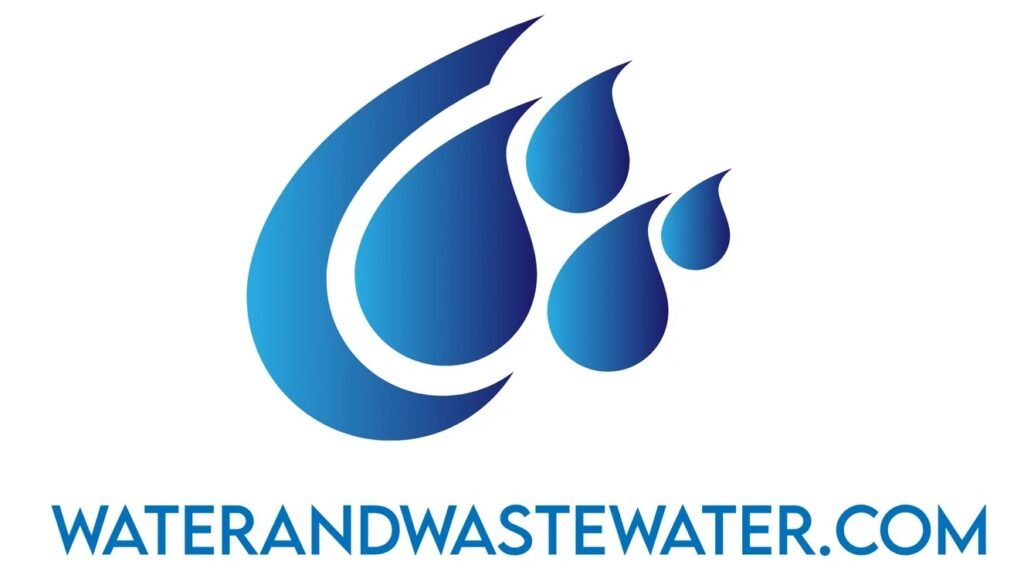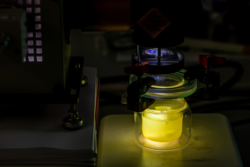Wastewater Treatment Solutions
Comprehensive Guide to Wastewater Treatment Solutions: Innovations and Best Practices
Introduction
Wastewater treatment is no longer just a matter of environmental compliance; it is a critical component in the sustainable management of water resources worldwide. As populations grow and urban areas expand, the volume of wastewater produced has surged. According to the United Nations, global water use has been increasing at more than twice the rate of population growth in the last century, making effective wastewater treatment solutions essential not only for public health but also for the ecosystem’s integrity. This article delves into various wastewater treatment solutions, highlighting the technologies, processes, and trends that define the current landscape of the industry, offering insights that aim to empower wastewater treatment professionals and facility managers.
Section 1: The Importance of Effective Wastewater Treatment
Addressing Public Health Concerns
Inadequate wastewater management can lead to severe public health issues. The World Health Organization (WHO) estimates that 2 billion people lack access to safely managed drinking water services, and about 4.2 billion lack adequate sanitation. Contaminated water can lead to the spread of diseases such as cholera, dysentery, and typhoid fever. Effective wastewater treatment reduces pathogens and removes harmful substances, safeguarding human health.
Environmental Protection
Neglecting wastewater treatment not only impacts human health but also poses significant risks to the environment. Untreated wastewater can contaminate rivers, lakes, and oceans, harming aquatic life and disrupting local ecosystems. Research published in leading environmental engineering journals illustrates that effective treatment methods can significantly reduce pollutants, helping to restore and preserve ecosystems.
Meeting Regulatory Standards
Regulatory bodies worldwide have stringent wastewater discharge standards to protect public health and the environment. Compliance with these regulations is crucial for facilities; non-compliance can lead to hefty fines, legal repercussions, and a damaged reputation. According to recent industry analysis, a growing number of municipalities are investing in advanced treatment technologies to ensure compliance and reduce their ecological footprint.
Section 2: Wastewater Treatment Processes
Primary Treatment
Primary treatment is the first step in wastewater treatment and involves the physical separation of solids from liquids. This process typically includes screening to remove large objects, followed by sedimentation to separate suspended solids.
Key Technologies:
- Screening Systems: Bar screens and fine screens eliminate large debris.
- Sedimentation Tanks: Gravity separation techniques settle out solids, primarily influent grease, grit, and larger particulates.
Average Statistics: Studies indicate that primary treatment can remove 50-70% of suspended solids and 30-50% of biochemical oxygen demand (BOD).
Secondary Treatment
Secondary treatment employs biological processes to further reduce organic matter and suspended solids. Microorganisms play a pivotal role in breaking down organic pollutants.
Common Technologies:
- Activated Sludge Process: Aerobic bacteria decompose organic matter in a mixed aeration tank, followed by sedimentation.
- Biofilm Systems: These utilize microorganisms attached to surfaces to treat wastewater; examples include trickling filters and rotating biological contactors.
Data Insight: According to the Environmental Protection Agency (EPA), secondary treatment can remove about 85% of BOD and suspended solids.
Tertiary Treatment
Tertiary treatment includes advanced treatment methods to further purify water, often making it suitable for reuse. Techniques include filtration, nutrient removal, and disinfection.
Cutting-edge Technologies:
- Membrane Bioreactors (MBR): Combine biological treatment and membrane filtration; these effectively separate solids and pathogens from treated water.
- Reverse Osmosis (RO): Utilized for water reclamation projects, RO removes dissolved solids and pathogens to produce high-quality effluent.
Emerging Technologies in Wastewater Treatment
Recent innovations in wastewater management are setting new benchmarks for efficiency and reliability. Noteworthy advancements include:
-
Machine Learning for Process Optimization: Utilizing large datasets to predict nutrient loading and control operational parameters can optimize energy and chemical consumption, as reported by recent case studies in various WWTPs.
-
Anaerobic Digestion: This process not only treats wastewater but also produces biogas, a renewable energy source, reducing fossil fuel dependence. Research shows that anaerobic digestion could potentially cover 30% of a facility’s energy needs.
- Natural Treatment Systems: Constructed wetlands and biofilters harness natural processes to treat wastewater in a cost-effective and environmentally friendly manner, as validated by various environmental studies.
Section 3: The Role of Regulatory Compliance
Understanding the Regulations
Wastewater treatment facilities must comply with numerous local, state, and federal regulations, including the Clean Water Act in the U.S. These laws dictate acceptable discharge limits for various pollutants.
Compliance Strategies
- Regular Monitoring: Routine sampling and analysis ensure that wastewater facilities remain within compliance limits.
- Technology Upgrades: Investing in advanced treatment technologies and monitoring systems aids continuous compliance and can preemptively address potential regulatory challenges.
Case Studies
A notable example is the City of San Diego, which undertook a comprehensive upgrade to its treatment systems, resulting in a 40% reduction in nitrogen discharge and compliance with new state regulations.
Section 4: Challenges and Solutions
Common Pain Points in Wastewater Treatment
- Aging Infrastructure: Many existing treatment facilities are decades old and face challenges with capacity and efficiency.
- Chemical Usage and Costs: Rising chemical costs for treatment processes can strain operational budgets.
Innovative Solutions
-
Infrastructure Revitalization: Governments and private entities are encouraged to invest in modernization initiatives, utilizing new technologies capable of increasing throughput and efficiency.
- Chemical Reduction Strategies: Implementing energy-efficient processes, such as the use of anaerobic digestion, reduces the need for chemical additives and can lower operational costs.
Conclusion
The importance of effective wastewater treatment has never been more critical. As we face ongoing water scarcity, population growth, and regulatory pressures, wastewater management must evolve to ensure both environmental integrity and public health. With advances in technology, regulatory compliance, and a focus on sustainability, wastewater treatment facilities can enhance their efficiency while remaining compliant with stringent standards. Key innovations in processes such as anaerobic digestion and machine learning optimization pave the way for a sustainable future.
Wastewater treatment professionals and facility managers must prioritize adopting these solutions and staying informed about emerging technologies to tackle the challenges of today and tomorrow. Effectively leveraging these advancements can turn wastewater into a valuable resource rather than a liability, aligning with our global sustainability goals.
By addressing the pressing concerns of public health, environmental protection, and regulatory compliance, we can collectively work towards a future where clean water is accessible to all, fostering healthier communities and a more sustainable planet.
Notes for Effective SEO Optimization
1. Keyword Integration: Ensure the use of relevant keywords such as “wastewater treatment solutions,” “wastewater management,” “advanced treatment technologies,” and “environmental compliance” throughout the article.
2. Metadata: Optimize the title, meta description, and headings for better visibility on search engines.
3. Internal and External Links: Include links to authoritative websites and industry organizations, providing additional resources for readers.
4. Engaging Visuals: Incorporate relevant diagrams, flowcharts, and infographics to enhance content and improve user engagement.
5. Mobile Optimization: Ensure the site hosting the article is mobile-friendly to accommodate readers accessing via smartphones or tablets.
By following these SEO guidelines combined with comprehensive content, the article will not only rank well on search engines but also serve as a valuable resource for readers seeking in-depth knowledge and practical insights in wastewater treatment solutions.



